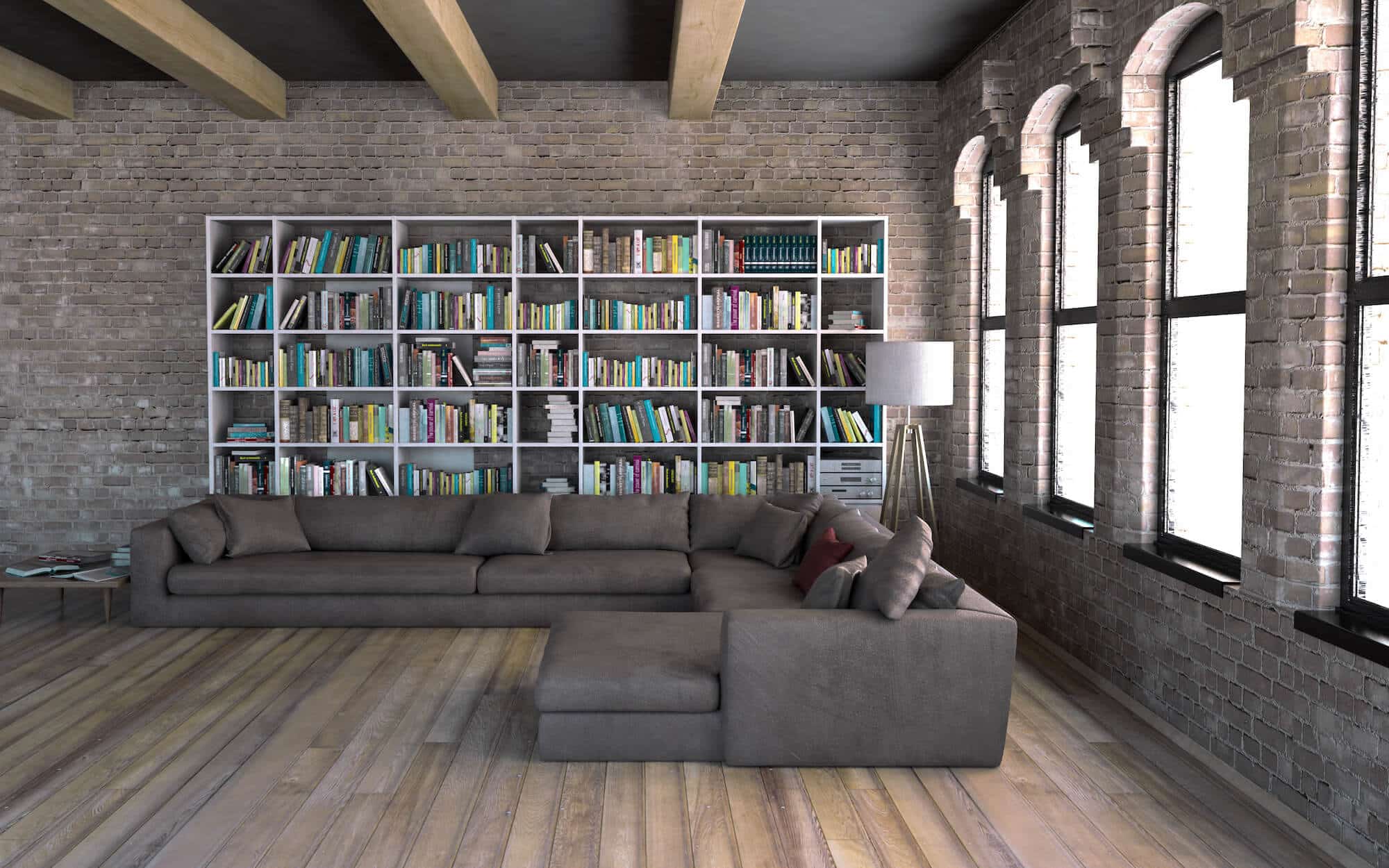If we asked you to think of the most mundane, uninteresting product that came to mind, you couldn’t do much better than to respond with the BILLY bookcase from IKEA. The product is so unassuming, so barebones simple, and so devoid of style that if IKEA tried to shave anything away from it, the bookcase would probably fall over.
Have you ever seen a BILLY bookcase? We’re betting you have. About 60 million of them have reportedly been sold globally—representing almost 1% of the world’s population.
And yet, even though it debuted four decades ago, and even though its look has changed so little in those 40 years that you probably couldn’t tell the difference between one sold in 1980 and one sold yesterday, the BILLY remains the bestselling bookcase in history, and its sales are stronger today than they were when it first hits the market.
Talk about shelf life!
So why are we talking about this? Why, on a product management community blog, are we exploring the history of a bookcase? Because if you’re a product manager—whether you’re responsible for the success of furniture, software, or any other type of product—the BILLY bookcase phenomenon can offer you some useful lessons.
Its lack of a distinct style gives the product a longer, um, shelf life.
A story in AdWeek offers a good summary of this point. IKEA intentionally designed its BILLY bookcase to be a neutral piece of furniture without any distinctive style.

And as you can see, the company succeeded. You can’t get much more neutral than the BILLY. There’s no molding adorning any of its surfaces, no fancy trim, no bull nosing of the shelves’ edges, and no modern-looking rivets added for aesthetic purposes. It’s just a bunch of flat, rectangular pieces that fit together to hold your stuff.
Among the many benefits of this strategy (and we’ll discuss others below) was that it allowed the bookcase to fit nicely into the interior of any home or office, regardless of the room’s style or theme. Its clean lines and neutral look also meant the bookcase could last longer in any environment, even as styles, trends, and tastes changed over time.
It’s counterintuitive, but building too bold a design into your product—even if that design style perfectly matches your target persona’s current taste—also means it won’t enjoy as long a relationship with your customers. Eventually, they’ll want to replace it with something that better fits the new style.
Product Management Takeaway: If you’re building your product, even if it’s software, to match the modern look and feel of the moment, it’s worth asking: Are we limiting the shelf life of our product by developing such an era-specific look, and creating a lot of additional rework for ourselves as the aesthetic of the moment changes in a few years?
Its barebones style allows the company to sell it at a lower price.
An interesting aspect of the IKEA experience, which you’re familiar with if you’ve ever shopped there, is that almost all of its furniture products come packaged in a set of flat boxes—meaning you have to assemble the items yourself (or hire someone to do it for you).
This is another reason the BILLY has been such a steady success for decades. Because the company uses particleboard, medium-density fibreboard (MDF), and other lighter engineered products, IKEA is able to manufacture, ship, and store its BILLY units much more inexpensively than if it instead tried to sell a pre-assembled bookcase made from true wood.
This means IKEA has been able to make the BILLY one of the most affordable—if not the most affordable—bookcase on the market. As a recent BBC feature explained, IKEA has built a series of “boringly efficient systems” around the BILLY’s production, systems that let the company continually reduce the cost of getting the bookcase to customers, which allows them to make it affordable to an ever-growing market of consumers.
Product Management Takeaway: Every product makes an implicit promise to customers. For the BILLY, that promise is a ridiculously simple, ridiculously inexpensive place to store and display books and other items. Everything else they’ve stripped away—along with the cost of producing it.
Ask yourself what promise your product makes to your customers and if there are any elements of your product (design, packaging, features, etc.) that could be stripped away without undermining that promise. If you can do that, maybe you can make your product less costly to produce—and more affordable for your customers.
It became the infrastructure of a creative bookcase movement—which invited more partners than competitors.
Think of the App Store or the Google Play Store. Other than the places where you buy your games or apps or music, how would you describe these sites?
One useful way to think about these platforms is that they’re infrastructure—they’re the backbone of the app industry, the marketplaces we all think of immediately when we want to find a new app or develop one to sell.
Could another company come along and build its own app store to compete with Apple and Google? Of course, that could happen. But a better use of that company’s resources will probably be to build outstanding apps or games—and sell those products through Google Play or the App Store. Those platforms have already cemented themselves as the industry’s infrastructure.
This brings us to what might be the most interesting lesson the BILLY bookcase can teach us.
By making the product so simple, so free of its own signature design, IKEA invites customers to make the product their own, to add their own creativity, and to transform the bookcase from an unassuming, almost-invisible piece of furniture into a showpiece for the owner.
Are there competitors to the BILLY? Yes, plenty. But if you Google “BILLY bookcase,” do you know what you’ll find almost immediately after you’ve scrolled below IKEA’s own sales listings for the products? You’ll find hacks.
You’ll find DIY design ideas to make your BILLY bookcase a unique piece of furniture. You’ll find BILLY owners proudly showing off their gorgeous BILLY creations—where they’ve added faux brick backing, rolling ladders, gorgeous paint jobs, crown molding, even built-in window seats.
The point is, you’ll find a community. IKEA’s product designers have not created a defined product but its opposite: a blank canvas that allows any owner to build her own product. In other words, the BILLY isn’t just another low-price-point bookcase; it’s the infrastructure for an entire subculture of DIY creatives eager to use the product to express themselves.
And every time customers learn about a clever BILLY bookcase hack that resonates with them—and, remember, the BILLY hack community happily shares its creations publicly—those new customers are more inclined to go out and get one for themselves.
Product Management Takeaway: Is there some aspect of your product, or even a new product altogether, that you can offer to your market as infrastructure—something they’ll be able to build on, in their own way, to make the product more valuable for their unique needs?
In fact, is it possible that if you spoke with your existing customers, you’d find that they’ve done so already? Maybe some users have found creative ways to hook your product into another product, for example, or to use a feature for a slightly different purpose than you’d developed it for, and maybe these DIY improvements—these hacks—add massive value to your product for those users.
If you can find a way to turn your product into a platform that your customers can build on—or if you can learn about the ways your users are already creatively extending the value of your products—then you can unlock some tremendous benefits for your business. You can leverage the collective creativity of your user base, for example, to build a community around finding clever uses for your products. You can also tap into a community-based sales force that will help introduce your products to new users—just as the BILLY hackers do for IKEA’s no-frills bookcase.
And you might even be able to give your products a longer shelf life.



